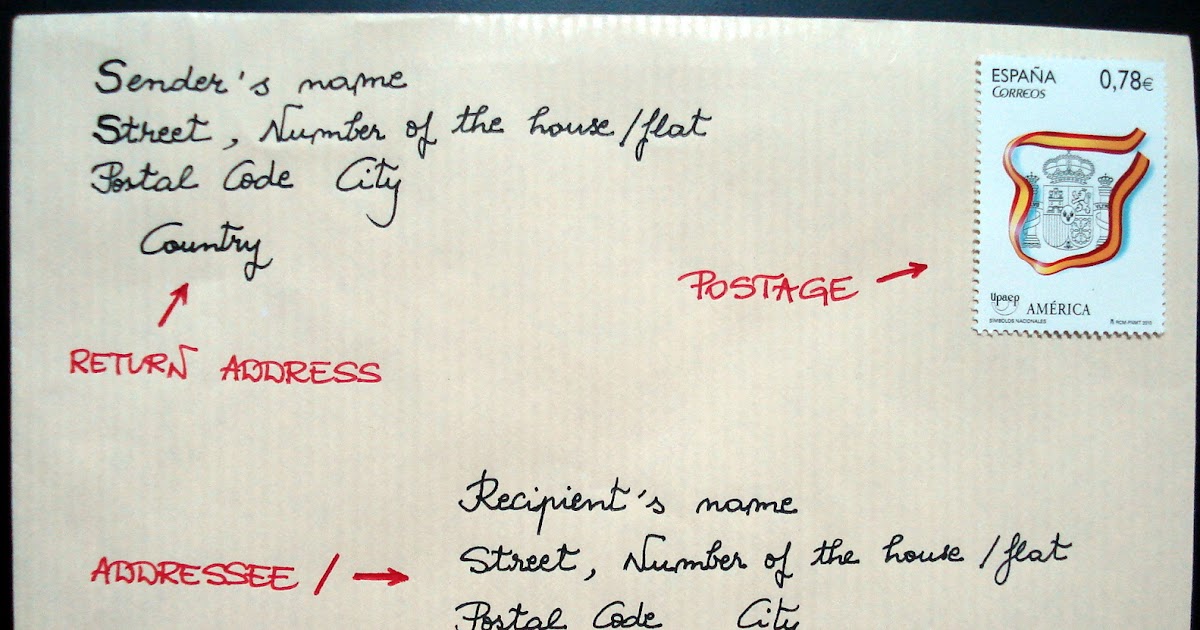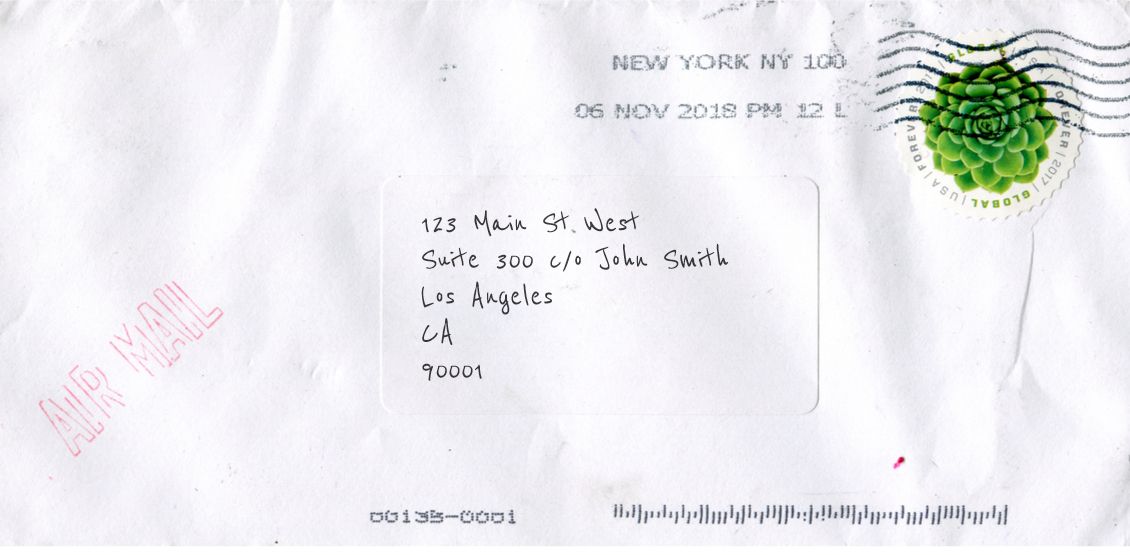

Plus, take care to leave at least 10 mm on all the other sides of the label or envelope. You can leave a maximum of 35 mm between the top of the envelope and the mailing address. Put the apartment, room, and building info on the line above the building address. Letters, bills, greeting cards, and other documents can be sent in standard white, manila, or recycled paper envelopes. The standard address format Canada suggests leaving at least 0.6 mm or 15 inches of space on every side of the envelope.
Split up the building address and apartment number If there’s not enough space to include them both on the same line. To be clear, you do actually write the words PO Box on the envelope, followed by the PO Box number. The first step of writing an apartment address on an envelope is to write your name on the first line. Want to save a little space on your envelope or package? Here are a few USPS-approved abbreviations you can use on your mail: APT (apartment), BLDG (building), DEPT (department), STE (suite), RM (room), and FL (floor). X Research source Then, include the apartment number right after the building address-just make sure that there’s a clear space between the two. X Research source Feel free to use abbreviations like ST (street), RD (road), BLVD (boulevard), DR (drive), and CIR (circle) to make the address a little bit shorter. No reverse type (white printing on a black background). Write out the address of the apartment building or complex before listing any specific apartment, building, or room numbers. On a letter, the address should be parallel to the longest side. It’s not that your mail won’t arrive at its destination if you put the unit number. 
That should be followed by the city, state, and zip code on the third line.

On the second line, write the street address and unit designator. The building address goes first, followed by the apartment number. A good rule of thumb is to use the three-line system that requires your legal name to be written on the first line.







 0 kommentar(er)
0 kommentar(er)
